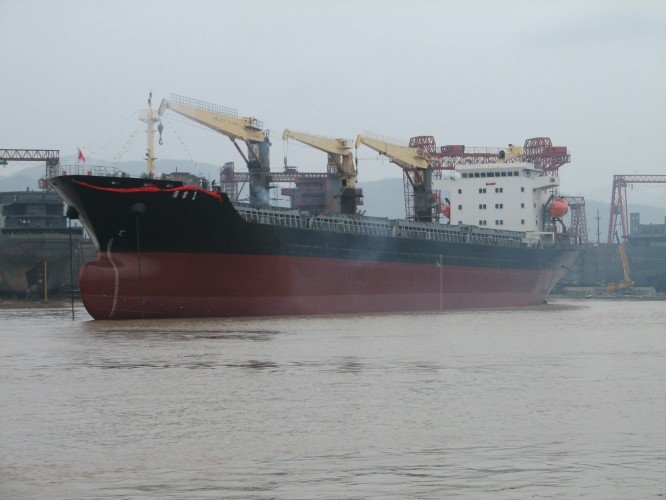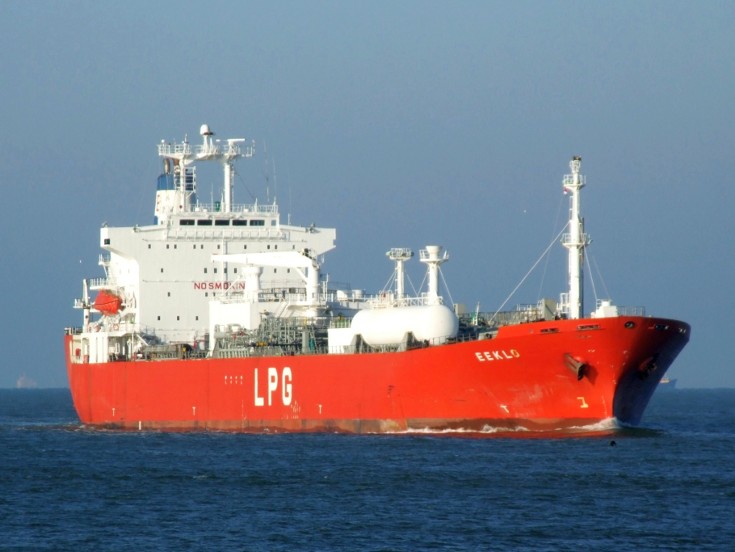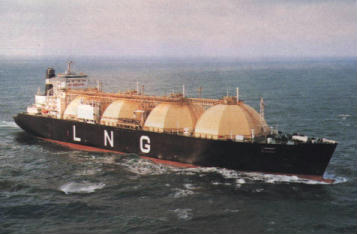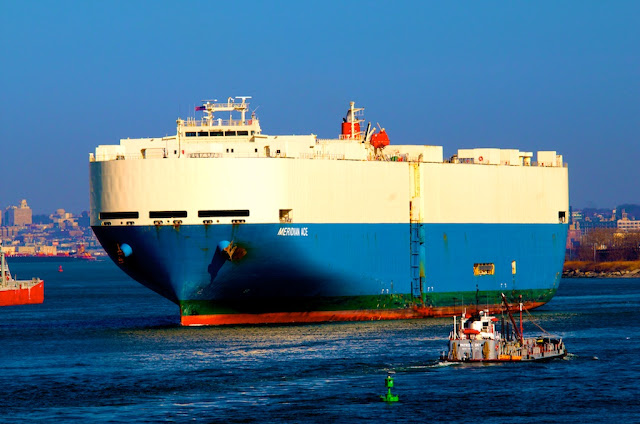May 28, 2011
Charterparties are contracts for the hire of a vessel (or part of, or space onboard, a vessel). Voyage charters are a type of charterparty where the charterer requires the vessel for one voyage only, i.e. if you needed to move 100 MT of iron ore from Brazil to China, you could charter a bulk carrier and use its holds to transport your cargo from Brazil to China.
As the charterer, you only need to provide the goods for shipment at the agreed time and pay the freight charges (‘freight’, not ‘hire’ as in time / bareboat charters). The shipowner will provide the ship, equipment, bunkers, Master and crew. They will also normally pay the port expenses, pilot fees etc.
Voyage charters are commonly used in the movement of bulk cargoes and normally the charterparty is entered into in advance of the goods actually being received and sometimes in advance of them being purchased by the shipper. Therefore when the goods are presented for shipment (at the ship’s rail) the Master will normally issue a Bill of Lading describing the type, amount and quality of cargo actually received. The Bill of Lading acts as a receipt only (rather than the contract of carriage itself – as in, for example, the Liner trades).
Many of the standard forms of voyage charter contain the suffix ‘voy’ (CEMENTVOY, ASBATANKVOY etc.), which gives a clue as to the type of charter they relate to, but a more extensive list of the main forms of voyage charter, and the cargoes commonly carried under them, is set out below:
GENCON 1976 (general bulk cargo)
GENCON 1994 (general bulk cargo)
ASBATANKVOY (oil and gas)
POLCOALVOY (coal)
AMWELSH 93 (coal)
SCANCON (Scandinavia cargo)
GRAINCON (grain)
NIPPONCOAL (coal)
OREVOY (ores)
NUBALTWOOD (wood from the Baltic)
GASVOY (liquid gas, but not LNG)
FERTIVOY 88 (fertilizer)
AUSTWHEAT 1990 (Australian wheat)
NORGRAIN 89 (North American grain)
HYDROCHARTER 1975 (phosphates etc.)
















